Wild Bee Forest Honey
₹170 – ₹350
This is wild bee forest honey, collected by honey hunters from remote forest areas in a natural environment. It is extracted by squeezing the honeycomb, giving it a turbid appearance due to the rich pollen content. With its raw taste and natural top-layer sedimentation, it appears distinctly different from apiary honey.
Wild Honey / Rock bee honey / Apis Dorsata Honey / Organic forest honey
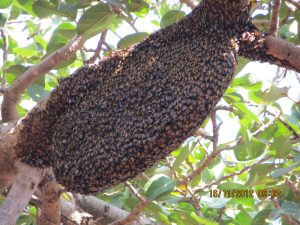
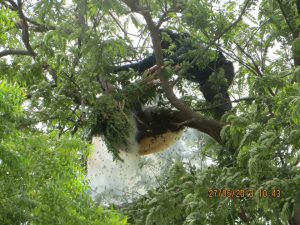
Sustainable harvesting
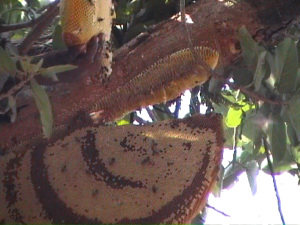
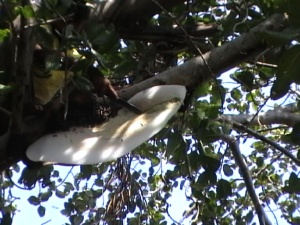
Wild honey is typically collected from native bee species, In India there are mainly 3 types of indigenous honey bees 1)Apis Dorsata 2)Apis Florea 3) Apis cerena there is other less know species called Apis Trigona. The majority of wild Honey comes from Apis Dorsata colonies as seen in the pictures.
With around four decades of experience in procuring wild honey from honey hunters, we have developed a sustainable technique of harvesting, that involves cutting only the honey-bearing part of the hive. This approach benefits everyone involved:
- Honey Bees: The honey bees habitat is preserved, allowing them to produce another round of honey without additional effort while also continuing to pollinate and maintain the ecosystem and biodiversity.
- Honey Hunters: They do not need to search for new locations, as they can return to the same spot for future harvests.
- Consumers: The honey extracted is of higher quality, free from excess pollen, larvae, and other impurities that could affect its quality
This method ensures that our customers receive clean, top-quality wild honey, while also supporting environmental sustainability.
The Honey Hunters

This practice of honey hunting is prevalent in various cultures worldwide and is characterized by the knowledge and skills passed down through generations. In India, tribes such as the Kanjers hunt honey in regions like Uttar Pradesh, Madhya Pradesh, and Rajasthan, while Karnataka has different tribes engaged in honey hunting. We coordinate with these honey hunters, teach them sustainable harvesting techniques, and procure honey from them, ensuring both quality and environmental responsibility.
Wild Honey procurement
Procuring wild honey is always a challenge compared to sourcing it from beekeepers. However, these efforts reward us with high-quality, organic honey, rich in diverse floral nectar and bee pollen. Extracting honey from wild honeycombs requires extra care since no extractor machine is used, (as in apiary honey extraction). Before squeezing the honeycomb through cloth, larvae, dead bees, and pollen cells must be carefully isolated to ensure the quality of the final product.
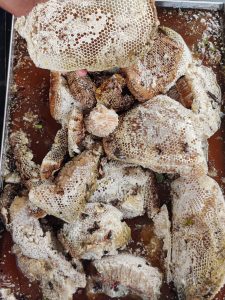
Characteristic features of Wild forest honey
Since honey is extracted by squeezing the comb through cloth, it is often called “squeezed honey.” This method results in honey that is rich in bee pollen, which gives it a turbid appearance. While the honey initially appears shiny before extraction, once squeezed, the pollen cells are also released into the honey if not removed carefully. As a result, honey extracted from indigenous bee colonies is typically turbid, with constant top-layer sedimentation of bee pollen, which imparts a strong, raw aroma. If exposed to a humid atmosphere, this top layer can even ferment. However, with proper care, fermentation can be avoided. The resulting taste is rich and raw, with the pollen contributing significantly to the strong taste and aroma.
Color of the Honey.
Health benefits wild honey:
Wild honey is rich in bee pollen, with diverse deep forest flora that enhances its health benefits. The forest environment may also contain various herbs, further adding to its value. Compared to apiary honey, wild honey involves far less human intervention, which contributes to its organic nature. One thing is guaranteed: unlike apiary honey, wild honey is free from pesticides, antibiotics, and sugar feeding practices.
- The following are a few health benefits you can expect from wild bee forest honey:
- High bee pollen content, which is a source of vitamins and proteins that support overall health.
- Rich in antioxidants that help combat free radicals and reduce cell damage has antiaging effect
- Contains natural enzyme super helpful for gut health.
- Boost Immunity. help fight infection.
- Provide quick source of energy with guilt free calories.
- Natural medicine for cough and cold.
| Weight | .500 kg |
|---|---|
| weight | 200 g, 350 g (Glass jar), 500 g |
16 reviews for Wild Bee Forest Honey
| 5 star | 62 | 62% |
| 4 star | 18 | 18% |
| 3 star | 6 | 6% |
| 2 star | 12 | 12% |
| 1 star | 0% |
Only logged in customers who have purchased this product may leave a review.
| 5 star | 77 | 77% |
| 4 star | 14 | 14% |
| 3 star | 5 | 5% |
| 2 star | 2 | 2% |
| 1 star | 2 | 2% |
-
Subrahmanyam RamakrishnanReviewer
 Verified review - view original
Verified review - view original
Easy to figure out products and quick delivery.
(0) (0) -
AZHAR RAHMANIReviewer
 Verified review - view original
Verified review - view original
Quick response on customer service no. provided at the website. Delivery was also considerably fast.
(0) (0)
Sorry, no reviews match your current selections


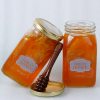

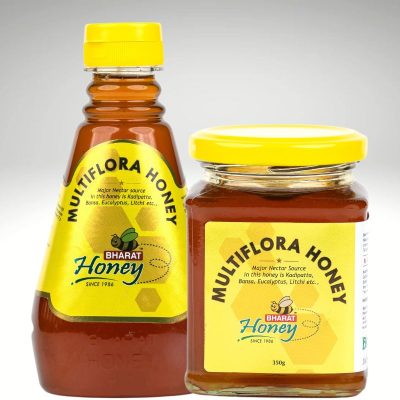



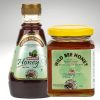
Pravidhi (Verified Customer.) –
This honey tasted so different and felt authentic I’m happy I came across this brand and got to know what actual honey taste like
Rizwan Ahmed (Verified Customer.) –
Good, taste like natural wild honey.
A Azad (Verified Customer.) –
Taste good
Khaiser –
Good quality and pure honey value for money which taste good
NADIGINTI ESWARA RAO (Verified Customer.) –
Sripada Sharma (Verified Customer.) –
Amit Pal (Verified Customer.) –
Not satisfactory product
Mohd Waqar (Verified Customer.) –
Rao Neelakanth (Verified Customer.) –
Sanjoy Kar (Verified Customer.) –
Biswarup Ghosh (Verified Customer.) –
Ramsha Sayeed (Verified Customer.) –
Prashant goel (Verified Customer.) –
Utpal M. (Verified Customer.) –
Subrahmanyam Ramakrishnan (Verified Customer.) –
SHIVA T. (Verified Customer.) –